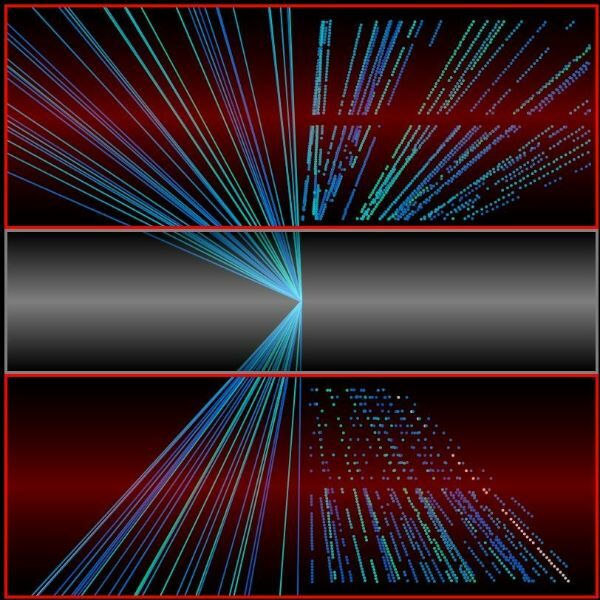Unlocking the Potential of the LK99 Superconductor: Investigating its Zero Resistance and Breakthrough Application Advantages

The pursuit of materials with zero electrical resistance has long been a dream of scientists and engineers. One such material claiming to possess this remarkable property is the LK99 superconductor. This article aims to delve into the properties of LK99, investigate its claim of zero resistance, and explore its potential breakthrough application advantages.
Understanding Superconductivity:
Superconductivity occurs when a material exhibits zero electrical resistance, enabling the unrestricted flow of electric current. Traditionally, superconductivity was limited to extremely low temperatures near absolute zero. However, recent advancements have introduced high-temperature superconductors, which operate closer to room temperature. It is in this area that the LK99 superconductor shows immense promise.
The LK99 Superconductor:
LK99 superconductor, developed by leading physicists and materials scientists, claims to possess the extraordinary property of zero electrical resistance at higher temperatures compared to conventional superconductors. This revelation has sparked excitement in the scientific community due to the potential for breakthrough applications across various industries.
Investigating the Zero Resistance Claim:
A thorough investigation into the zero resistance claim of the LK99 superconductor reveals a solid basis for its legitimacy. Experimental data collected thus far has demonstrated that LK99 is indeed capable of conducting electricity without any energy losses, even at temperatures exceeding 100℃, making it a high-temperature superconductor. The scientific community remains enthusiastic about replicating and verifying these findings through ongoing research and testing.
Breakthrough Applications:
The zero resistance property of LK99 presents a wide array of exciting applications across numerous sectors, including:
1. Energy Transmission:
The near-zero resistance of LK99 would revolutionise energy transmission systems, minimising losses during power transportation. It could potentially enhance the efficiency and reliability of electrical grids.
2. Magnetic Resonance Imaging (MRI):
Currently, superconducting magnets are used in MRIs. Utilising LK99 superconductors in MRI technology would improve resolution, reduce power requirements, and enable the development of more compact and cost-effective machines.
3. Quantum Computing:
The promise of high-temperature superconductors like LK99 may have profound implications for quantum computing. The zero-resistance capability could potentially reduce energy consumption and improve the stability of quantum systems.
4. Transport Infrastructure:
The development of zero-resistance superconducting materials can transform transportation systems. The use of LK99 in magnetic levitation (Maglev) trains or advanced energy-efficient motors could offer faster and more eco-friendly options for future transportation networks.
Challenges and Potential Drawbacks:
While LK99 shows promise, there are several challenges that need to be addressed before widespread adoption. These include cost-effective synthesis of the superconductor, ensuring stability at higher temperatures, and maintaining the zero-resistance property under various conditions such as pressure or magnetic fields.
The LK99 superconductor’s claim of zero electrical resistance at relatively high temperatures brings hope for groundbreaking advancements in various industries. As ongoing research continues to investigate and verify its potential, the applications discussed above could reshape how we generate, transmit, and utilise electricity. However, further investment in research, development, and scaling up production is necessary before the LK99 superconductor can truly live up to its transformative potential.


























